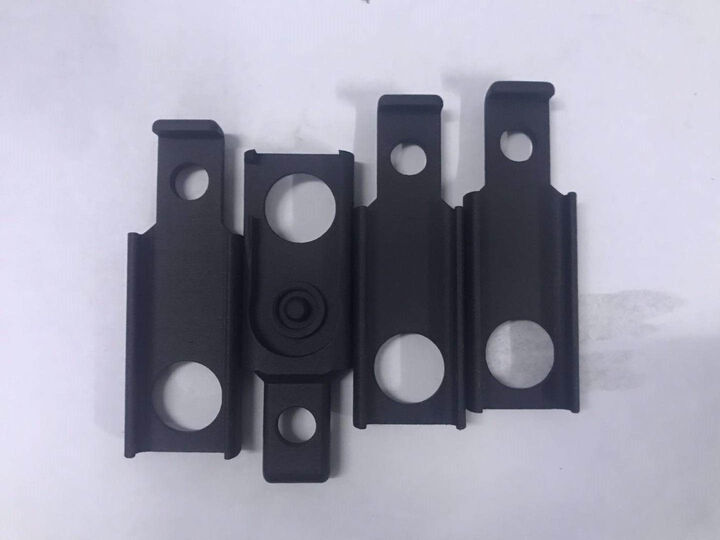
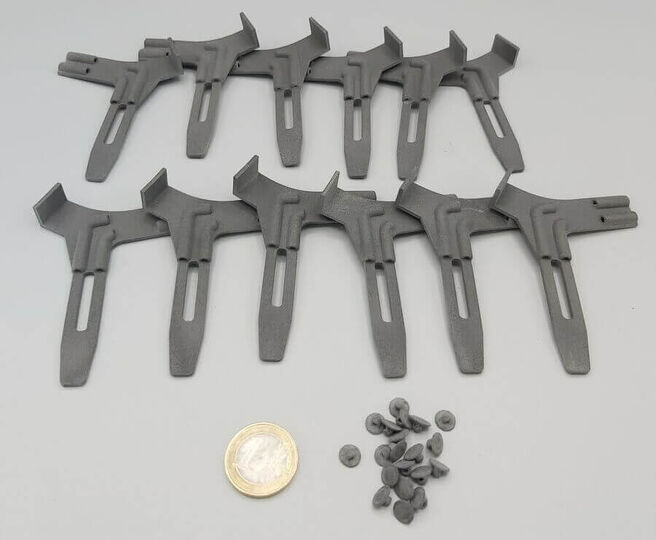
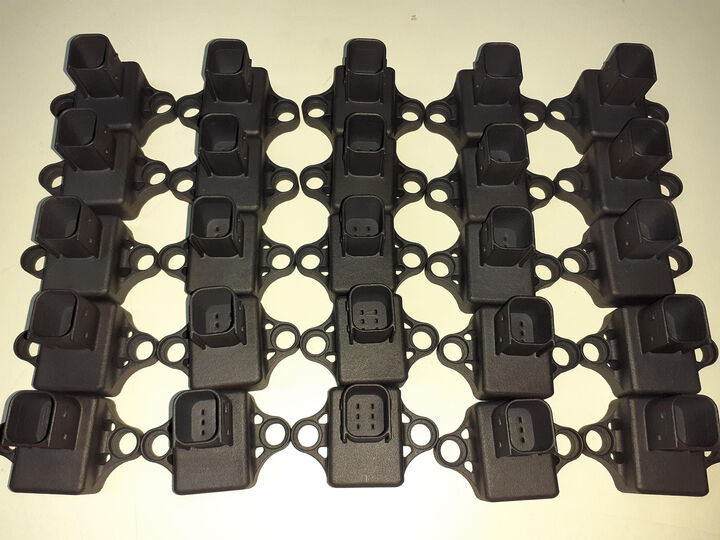
Nylon, in general, is a synthetic thermoplastic material with better weathering properties, sunlight resistance, and a higher melting point. It's commonly used across various civil and military applications due to its great mechanical properties as well. It can be easily dyed, injection molded and machined, with SLS 3D printing in nylon producing precise, durable, lightweight but porous products. Nylon powder can also be combined with other materials such as glass, carbon fiber or aluminum to form a composite material with improved characteristics such as fire-retardant, toughness and metallic.
Order in Nylon (SLS 3D printing)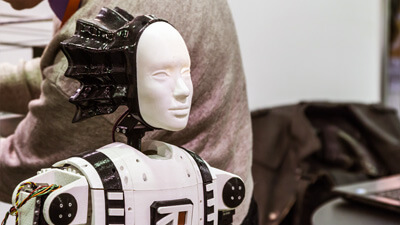
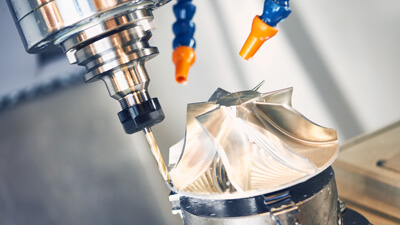
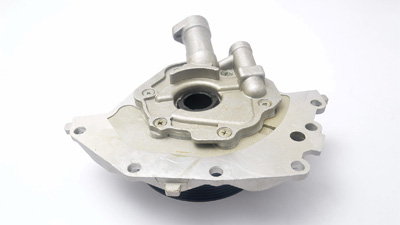
| Property | Value |
|---|---|
| Tensile Strength | 6,815 psi (46 MPa) * |
| Density | 0.034 lb/in3 (0.95 g/cm3) * |
| Impact Strength | 0.8 ft-lb/in (43 J/m) * |
| Flexural Strength | 6,850 psi (47 MPa) * |
* Value for Nylon 12 PA
Nylon is a broad family of synthetic thermoplastics based on aliphatic or semi-aromatic polyamides. It is often used for SLS 3D printing. Prints made from nylon powder have good surface finishes and great mechanical properties. Nylon or Polyamide (PA) has different variations which characterize the number and nature of chains in a material. This influences the properties of objects fabricated from nylon powder like resistance, stiffness, moisture absorption and flexibility. The common types are Nylon 6, Nylon 6/6 and Nylon 12. Another way of improving the material properties for specific applications is blending polyamide with add-ins to produce composite materials such as:
Cover image by Creative Tools
全てのコメント (0)